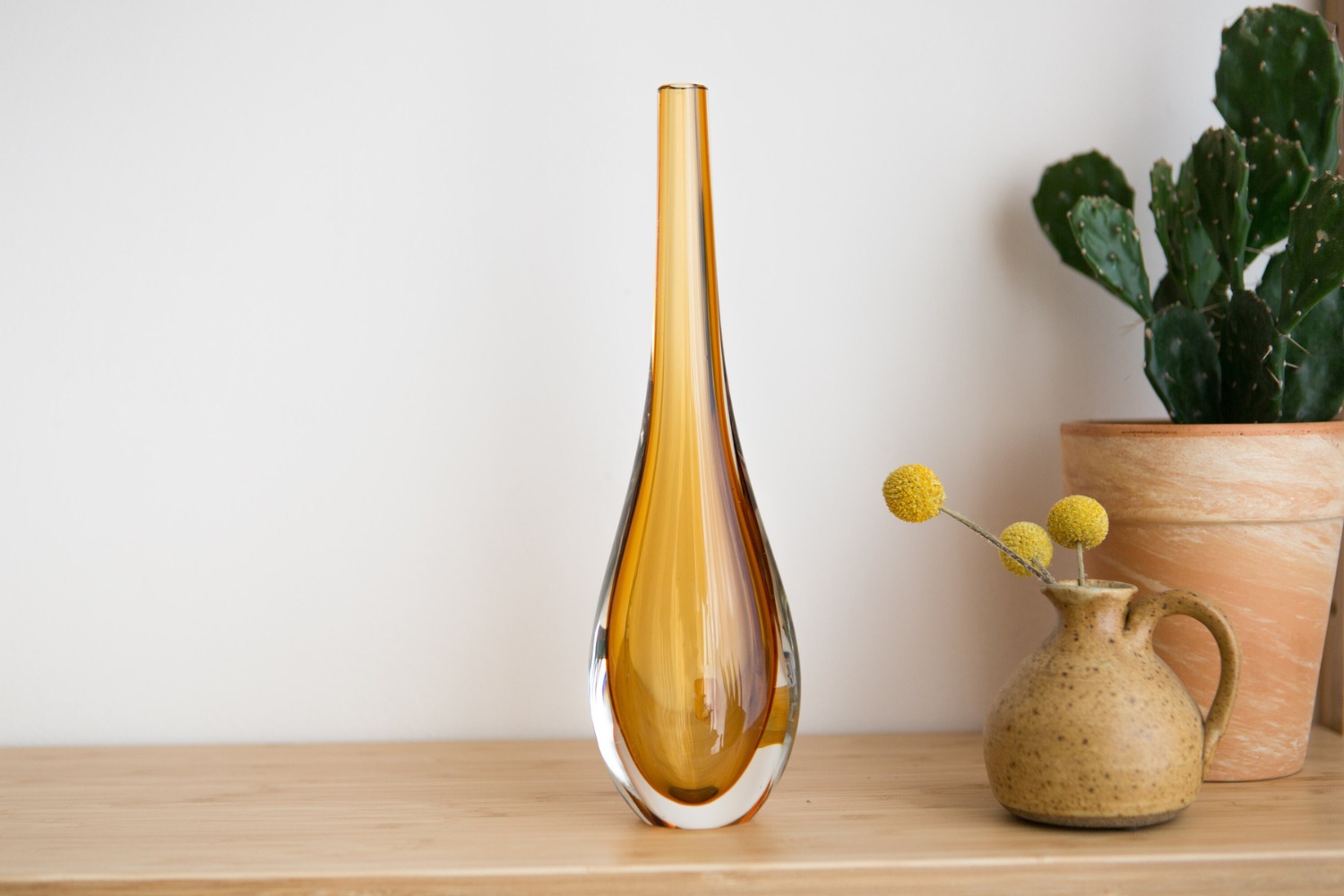

Articles
How To Clean Glass Vases With Narrow Necks
Modified: February 24, 2024
Discover effective techniques and tips for cleaning glass vases with narrow necks in our informative articles. Simplify your vase cleaning routine today!
(Many of the links in this article redirect to a specific reviewed product. Your purchase of these products through affiliate links helps to generate commission for Storables.com, at no extra cost. Learn more)
Introduction
Glass vases with narrow necks can be challenging to clean, but with the right techniques and supplies, it can be a breeze. Whether you have a collection of delicate flower vases or decorative pieces that need a thorough cleaning, this article will guide you through various methods to effectively clean glass vases with narrow necks.
Properly cleaning glass vases is essential to maintain their clarity and shine. Over time, dust, dirt, and residue can accumulate on the inside, making them appear dull and dirty. Additionally, if left uncleaned, these vases can develop unpleasant odors and even become breeding grounds for bacteria.
Before we dive into the various cleaning methods, let’s gather the supplies you’ll need:
- Vinegar
- Rice
- Baking soda
- Water
- Denture tablets
- Dish soap
- Bottle brush
- Lemon juice
- Salt
- Hydrogen peroxide
- Vinegar
- Alka-Seltzer tablets
With these supplies at hand, we can explore multiple methods that will help you restore your glass vases to their former brilliance. Remember to carefully follow the instructions for each method to ensure the safety of both the vase and yourself.
Key Takeaways:
- Keep your glass vases sparkling with simple household supplies like vinegar, rice, and baking soda. Choose the right method based on your vase’s needs to restore its clarity and shine.
- From effervescent denture tablets to gentle dish soap, there’s a cleaning method for every glass vase. Test a small area first and enjoy the satisfaction of seeing your vases transformed into pristine, sparkling pieces of art.
Read more: How To Clean Glass Bottles With Narrow Necks
Supplies Needed
Before you begin cleaning your glass vases with narrow necks, gather the following supplies:
- Vinegar: Vinegar is a versatile cleaning agent that helps remove stubborn stains and mineral deposits from glass surfaces.
- Rice: Rice acts as an abrasive when combined with vinegar or water, helping to scrub the inside of the vase.
- Baking soda: Baking soda is another effective cleaning agent that can help remove odors and stains.
- Water: Water is a crucial component for diluting cleaning agents and rinsing the vase.
- Denture tablets: Denture tablets can be used to clean glass vases, as they contain enzymes that break down stains and residue.
- Dish soap: Mild dish soap is a gentle yet effective cleaning agent that can be used in combination with a bottle brush.
- Bottle brush: A bottle brush is essential for reaching the narrow neck of the vase and scrubbing away any dirt or residue.
- Lemon juice: Lemon juice contains citric acid, which helps break down stains and adds a fresh scent to your glass vase.
- Salt: Salt can act as an abrasive when mixed with lemon juice or vinegar, aiding in the cleaning process.
- Hydrogen peroxide: Hydrogen peroxide is a powerful oxidizing agent that can help remove tough stains from glass vases.
- Alka-Seltzer tablets: Alka-Seltzer tablets contain citric acid and can be used to effervescently clean glass vases.
Having these supplies readily available will make the cleaning process more convenient and efficient. Remember to follow the specific instructions for each cleaning method to ensure the best results without damaging the glass vase.
Method 1: Using Vinegar and Rice
Vinegar is a fantastic natural cleaning agent that can effectively remove stains and residues from glass vases. When combined with rice, it becomes an excellent scrubbing agent to tackle those hard-to-reach areas in vases with narrow necks.
Here’s how to clean your glass vase using vinegar and rice:
- Fill the glass vase halfway with white vinegar.
- Add a handful of uncooked rice to the vase.
- Swirl the vase gently, ensuring that the rice reaches all the inner surfaces.
- Let the vinegar and rice mixture sit in the vase for about 10-15 minutes. This will allow the mixture to break down any stains or residue.
- Grab the vase tightly and gently shake it, using the rice as a scrubbing agent against the glass walls. Ensure that the rice reaches all the narrow areas.
- Continue shaking for a few minutes, then pour out the vinegar-rice mixture.
- Rinse the vase thoroughly with water to remove any remaining residue.
- Dry the vase with a soft towel or let it air dry.
Using vinegar and rice is an effective and budget-friendly method to clean glass vases with narrow necks. The combination of the acidic properties of vinegar and the abrasive nature of rice helps in removing stains, residue, and odors.
Note: Avoid using this method on delicate or decorative vases, as the shaking and scrubbing motion may cause damage. It is always recommended to test a small area before proceeding with the entire vase.
Method 2: Using Baking Soda and Water
Baking soda is a versatile and gentle cleaning agent that can effectively clean glass vases without causing any damage. When combined with water, it creates a paste that can easily remove stains, residue, and odors.
Follow these steps to clean your glass vase using baking soda and water:
- Fill the glass vase with warm water, ensuring that the narrow neck is also filled.
- Add 1-2 tablespoons of baking soda to the water and stir well to dissolve the baking soda.
- Let the mixture sit in the vase for about 30 minutes to allow the baking soda to work on any stains or residue.
- Using a soft sponge or cloth, scrub the inside of the vase, paying special attention to the narrow neck. You can use a bottle brush for better reach if necessary.
- Rinse the vase thoroughly with warm water to remove any remaining baking soda paste.
- Dry the vase with a soft towel or let it air dry.
This method is particularly effective for removing stubborn stains and residue from glass vases. Baking soda’s gentle abrasive properties help lift off stains without causing any scratches or damage to the glass surface.
It’s important to note that this method may not be suitable for vases with delicate or painted surfaces, as the scrubbing action could potentially affect the finish. Consider testing a small area before proceeding with the entire vase.
Baking soda is a safe and readily available cleaning agent that can be used for a variety of cleaning tasks, making it a versatile option for cleaning glass vases with narrow necks.
Method 3: Using Denture Tablets
Denture tablets may seem like an unconventional choice, but they are highly effective in cleaning glass vases with narrow necks. Denture tablets contain special cleaning agents that can break down stains and remove residue, leaving your vase sparkling clean.
Here’s how to use denture tablets to clean your glass vase:
- Fill the glass vase with warm water, ensuring that the narrow neck is also filled.
- Add one or two denture tablets to the water.
- Allow the tablets to dissolve completely in the water.
- Leave the vase to soak for the recommended time stated on the denture tablet packaging. This is usually around 15-30 minutes.
- After the soaking time, use a bottle brush or a soft sponge to scrub the inside of the vase, paying attention to the narrow neck.
- Rinse the vase thoroughly with water to remove any residue.
- Dry the vase with a soft cloth or let it air dry.
The active ingredients in denture tablets work effectively to remove stains and residue from glass vases. They are especially useful for vases with narrow necks, as the effervescent action helps to reach and clean those hard-to-reach areas.
This method is safe for most glass vases, but it’s always recommended to test a small area first, especially if you have antique or delicate vases.
Using denture tablets is an easy and convenient way to clean glass vases, with the added benefit of removing unpleasant odors and leaving the vase looking as good as new.
Read more: How To Clean A Glass Vase
Method 4: Using Dish Soap and a Bottle Brush
When it comes to cleaning glass vases with narrow necks, using dish soap and a bottle brush is a simple yet effective method. Dish soap is a mild cleaning agent that can help remove dirt, grime, and stains, while the bottle brush allows you to reach deep into the narrow neck of the vase.
Follow these steps to clean your glass vase using dish soap and a bottle brush:
- Fill the sink or a basin with warm water.
- Add a few drops of dish soap to the water and mix it to create a soapy solution.
- Submerge the glass vase in the soapy water, ensuring that the narrow neck is also fully immersed.
- Allow the vase to soak for a few minutes to loosen any dirt or residue.
- Take a bottle brush and gently scrub the inside of the vase, paying close attention to the narrow neck. Use back-and-forth or circular motions to ensure thorough cleaning.
- Rinse the vase thoroughly with clean water to remove any soapy residue.
- Dry the vase with a soft cloth or let it air dry.
This method is gentle enough to use on most glass vases, and the bottle brush allows you to reach the narrow neck and scrub away any accumulated grime. The dish soap helps to break down dirt and stains, leaving your vase clean and refreshed.
It’s important to note that when using a bottle brush, you should handle the vase with care to avoid any accidental damage. If you have a delicate or antique vase, consider using a softer brush or a cloth instead.
Dish soap is a readily available cleaning agent that can effectively clean your glass vases without harsh chemicals or abrasive ingredients. It’s a simple and convenient method that can help restore your vases to their original shine.
Use a mixture of warm water, white vinegar, and uncooked rice to clean narrow-necked glass vases. Swirl the mixture around and let the rice scrub the hard-to-reach areas.
Method 5: Using Lemon Juice and Salt
Lemon juice combined with salt can work wonders when it comes to cleaning glass vases with narrow necks. Lemon juice contains citric acid, which acts as a natural cleaning agent, while salt acts as an abrasive to help remove stains and residue.
Follow these steps to clean your glass vase using lemon juice and salt:
- Cut a lemon in half and squeeze out the juice, ensuring that you have enough to cover the inside of the vase.
- Sprinkle a generous amount of salt on the inside surface of the vase, especially focusing on areas with stains or residue.
- Using your fingers or a soft cloth, rub the lemon juice and salt mixture against the inside of the vase, creating a scrubbing action. Pay extra attention to the narrow neck.
- Continue scrubbing for a few minutes, allowing the citric acid and salt to work their magic.
- Rinse the vase thoroughly with water to remove any remaining lemon juice and salt.
- Dry the vase with a soft cloth or let it air dry.
This method is particularly effective in removing stains and residue from glass vases. The combination of the citric acid in lemon juice and the abrasive nature of salt helps to lift off stubborn stains and leave your vase looking clean and fresh.
However, it’s important to note that this method may not be suitable for vases with delicate or painted surfaces, as the scrubbing action could potentially affect the finish. It’s always a good idea to test a small area before proceeding with the entire vase.
Using lemon juice and salt is a natural and affordable way to clean your glass vases, providing a fresh scent and leaving your vases sparkling clean.
Method 6: Using Hydrogen Peroxide and Vinegar
When it comes to tackling tough stains and disinfecting your glass vases with narrow necks, a combination of hydrogen peroxide and vinegar can do wonders. Hydrogen peroxide is a powerful cleaning agent and disinfectant, while vinegar helps remove stains and residue.
Follow these steps to clean your glass vase using hydrogen peroxide and vinegar:
- Fill the glass vase with equal parts hydrogen peroxide and white vinegar, ensuring that the narrow neck is also filled.
- Allow the mixture to sit in the vase for about 30 minutes to break down any stains or residue.
- Gently swirl the mixture around inside the vase to ensure that all surfaces are exposed to the cleaning solution.
- If necessary, use a bottle brush to scrub the inside of the vase, paying special attention to the narrow neck.
- After scrubbing, pour out the mixture and rinse the vase thoroughly with water.
- Dry the vase with a soft cloth or let it air dry.
This method is highly effective in removing tough stains and disinfecting your glass vase. The powerful combination of hydrogen peroxide and vinegar helps eliminate bacteria, mold, and odors, leaving your vase clean and hygienic.
However, it’s important to note that hydrogen peroxide can bleach certain materials, so this method is best used on clear glass vases. Also, avoid using this method on delicate or painted vases, as the cleaning solution may cause damage to the finish.
Using hydrogen peroxide and vinegar provides a potent cleaning combination that can revitalize your glass vases and leave them looking spotless and germ-free.
Method 7: Using Denture Cleaning Tablets and Water
Using denture cleaning tablets is not only effective for keeping dentures clean, but it can also be used to clean glass vases with narrow necks. Denture tablets contain active cleaning agents that help break down stains and remove residue, making them a great option for restoring the sparkle to your vases.
Here’s how to use denture cleaning tablets to clean your glass vase:
- Fill the glass vase with water, ensuring that the narrow neck is also filled.
- Add one or two denture cleaning tablets to the water.
- Allow the tablets to dissolve completely in the water.
- Place the glass vase in a sink or basin and let it soak for the recommended time stated on the denture tablet packaging.
- After soaking, use a soft brush or sponge to scrub the inside of the vase, paying particular attention to the narrow neck.
- Rinse the vase thoroughly with water to remove any remaining cleaning solution.
- Dry the vase with a soft cloth or let it air dry.
Denture cleaning tablets are designed to effectively remove stains and residue, and they can work wonders on glass vases too. The active ingredients in the tablets help break down dirt and grime, restoring your vase’s clarity and shine.
However, it’s important to note that this method may not be suitable for delicate or painted vases, as the cleaning agents in denture tablets can be strong and may affect the finish. If you have a delicate or valuable vase, consider seeking professional advice or using a gentler cleaning method.
Using denture cleaning tablets and water is a simple and effective way to clean glass vases with narrow necks, ensuring that they look their best and are free from stains and residue.
Read more: How To Clean Glass Vases
Method 8: Using Alka-Seltzer Tablets and Water
Alka-Seltzer tablets, commonly used for relieving upset stomachs, can also be a surprising tool for cleaning glass vases with narrow necks. These effervescent tablets contain citric acid and sodium bicarbonate, which create a fizzing action that helps to loosen and remove stains and residue from the vase.
Follow these steps to clean your glass vase using Alka-Seltzer tablets and water:
- Fill the glass vase with warm water, ensuring that the narrow neck is also filled.
- Drop one or two Alka-Seltzer tablets into the water.
- Allow the tablets to dissolve completely and begin to produce a fizzing action.
- Leave the vase to soak for about 15-20 minutes, allowing the effervescence to work on any stains or residue.
- Use a soft brush or cloth to scrub the inside of the vase, paying close attention to the narrow neck.
- Rinse the vase thoroughly with water to remove any remaining residue.
- Pat dry the vase with a soft cloth or let it air dry.
This method may be particularly useful for vases with stubborn stains or odors. The effervescent action of the Alka-Seltzer tablets helps to dislodge and break down the grime, making it easier to scrub away.
However, it’s important to note that this method may not be suitable for delicate or painted vases, as the fizzing action of the tablets may potentially affect the finish. It’s always advisable to test a small area first before proceeding with the entire vase.
Using Alka-Seltzer tablets and water is a unique and effective way to clean glass vases with narrow necks. It adds a fun twist to the cleaning process while helping to restore the vase’s shine and freshness.
Conclusion
Cleaning glass vases with narrow necks can be a challenging task, but with the right methods and supplies, it becomes much easier and more effective. Whether you’re dealing with stains, residue, or unpleasant odors, the methods outlined in this article provide various options to restore your glass vases to their former brilliance.
From using vinegar and rice to create a scrubbing mixture, to utilizing baking soda and water for a gentle cleaning approach, to relying on denture tablets and Alka-Seltzer tablets for effervescent cleaning power, each method delivers its own unique benefits.
It’s important to consider the specific needs of your glass vase and choose the method that is most appropriate. However, regardless of the method you choose, always remember to exercise caution, especially with delicate or painted vases. Testing a small area before applying the cleaning method to the entire vase is a prudent practice.
By following these methods, you can effectively remove stains, eliminate odors, and restore the clarity and shine of your glass vases with narrow necks. Regular cleaning and maintenance of your vases will help prolong their lifespan and keep them looking beautiful.
So the next time you come across a glass vase with a narrow neck that needs cleaning, refer back to this article and select the suitable method based on the supplies you have on hand. Enjoy the process and revel in the satisfaction of seeing your glass vases transformed into pristine, sparkling pieces of art once again.
Frequently Asked Questions about How To Clean Glass Vases With Narrow Necks
Was this page helpful?
At Storables.com, we guarantee accurate and reliable information. Our content, validated by Expert Board Contributors, is crafted following stringent Editorial Policies. We're committed to providing you with well-researched, expert-backed insights for all your informational needs.
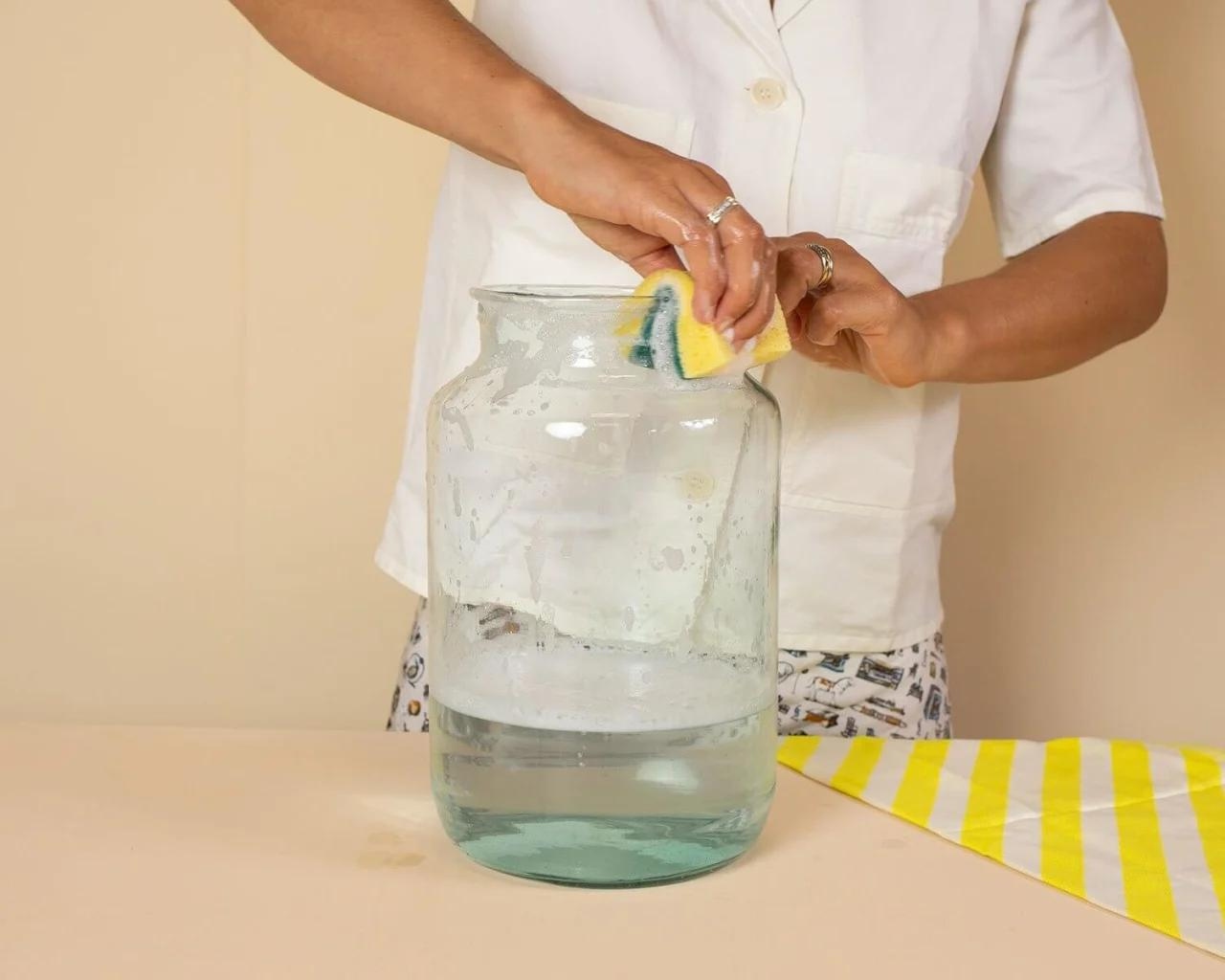
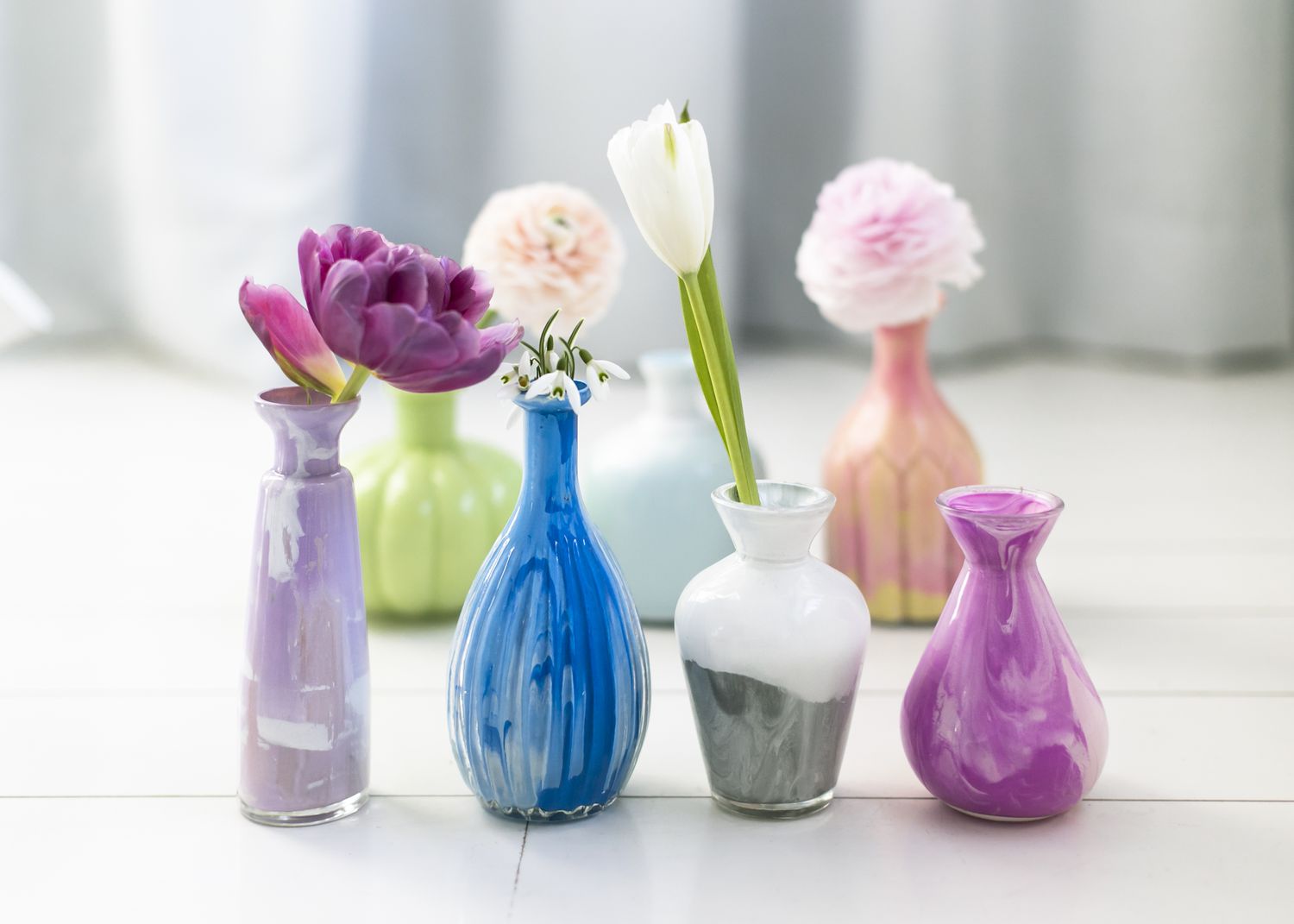
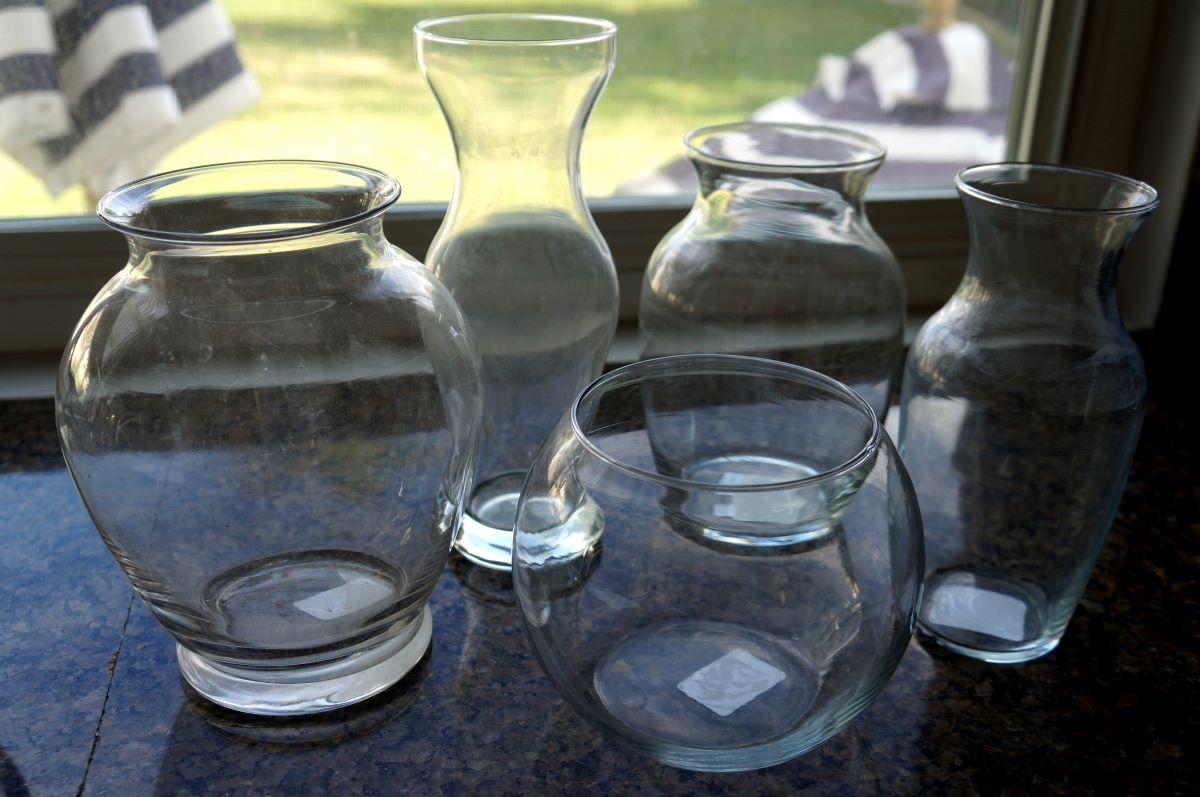


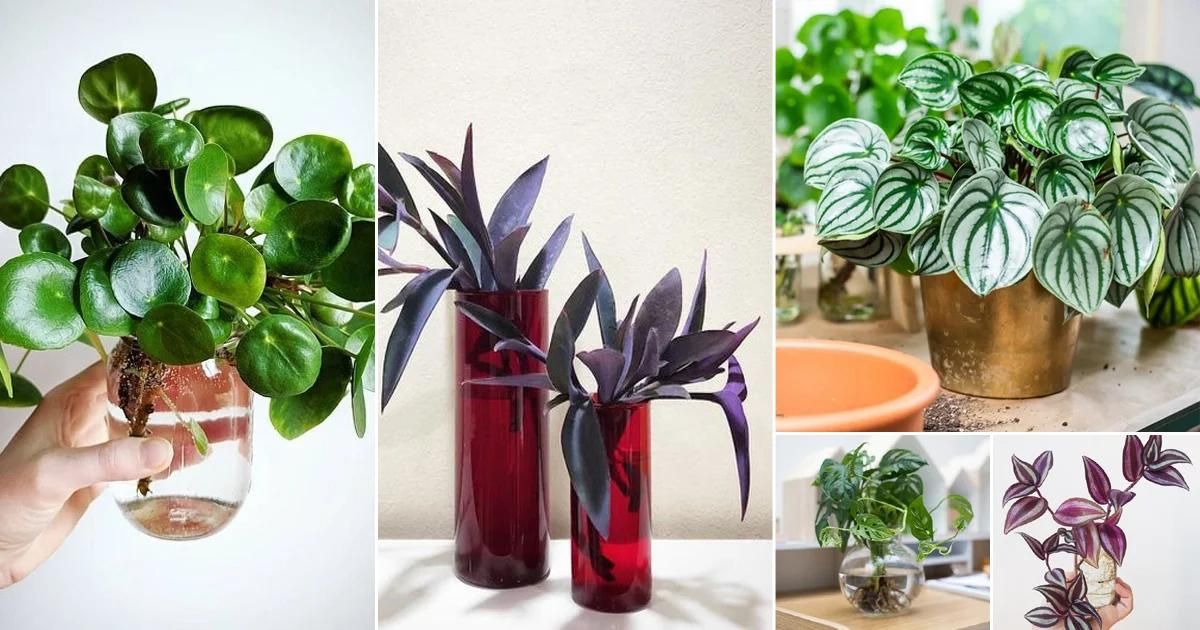
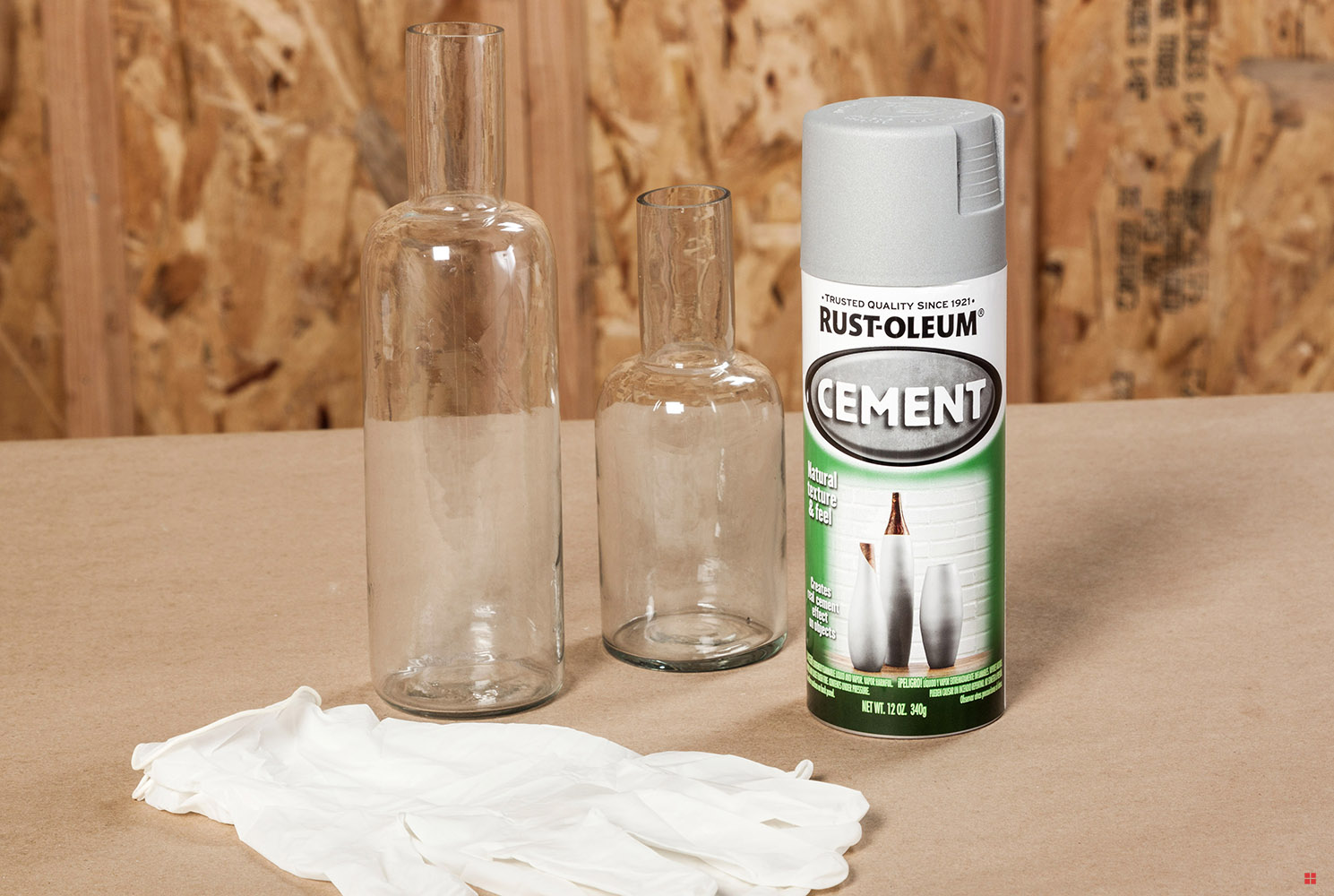
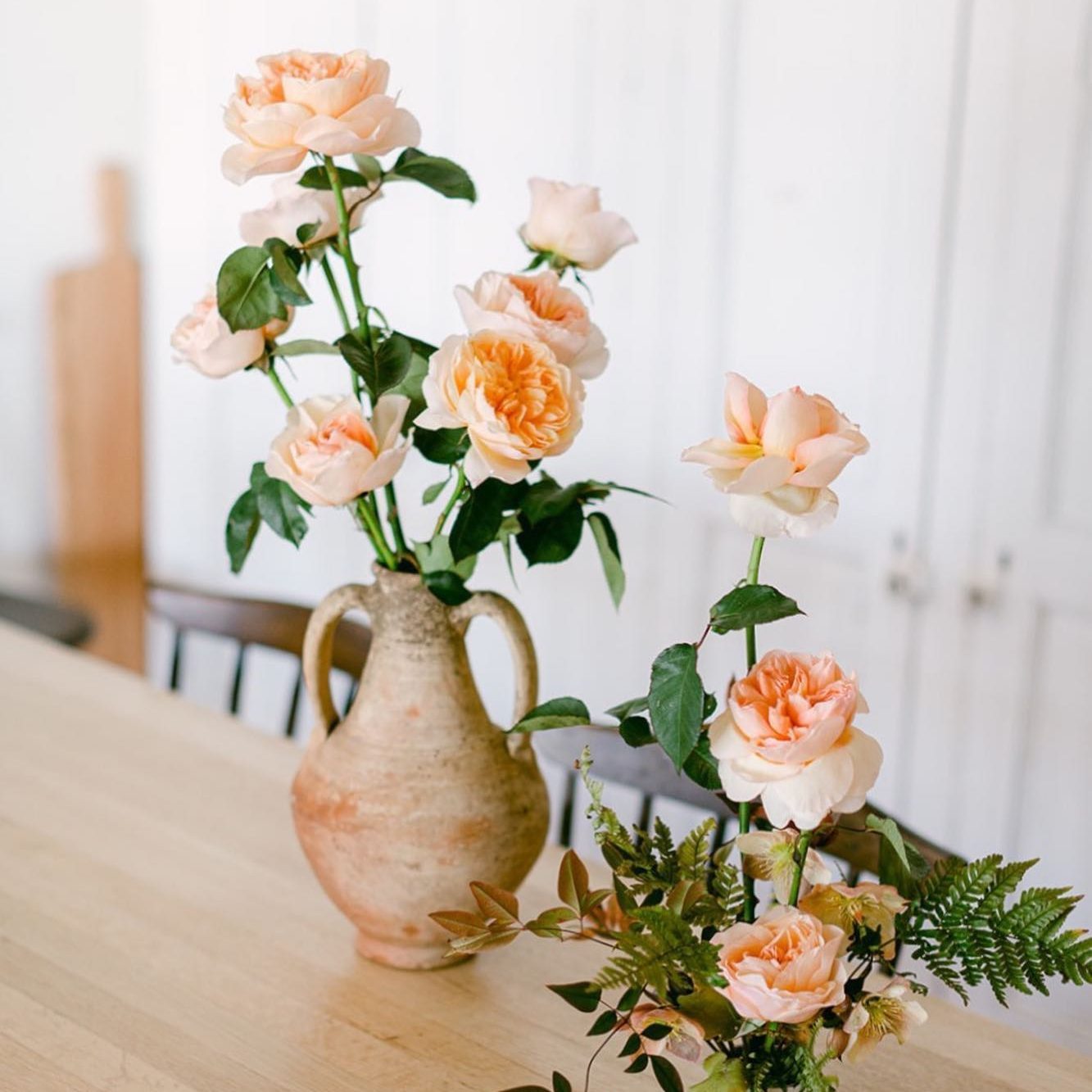
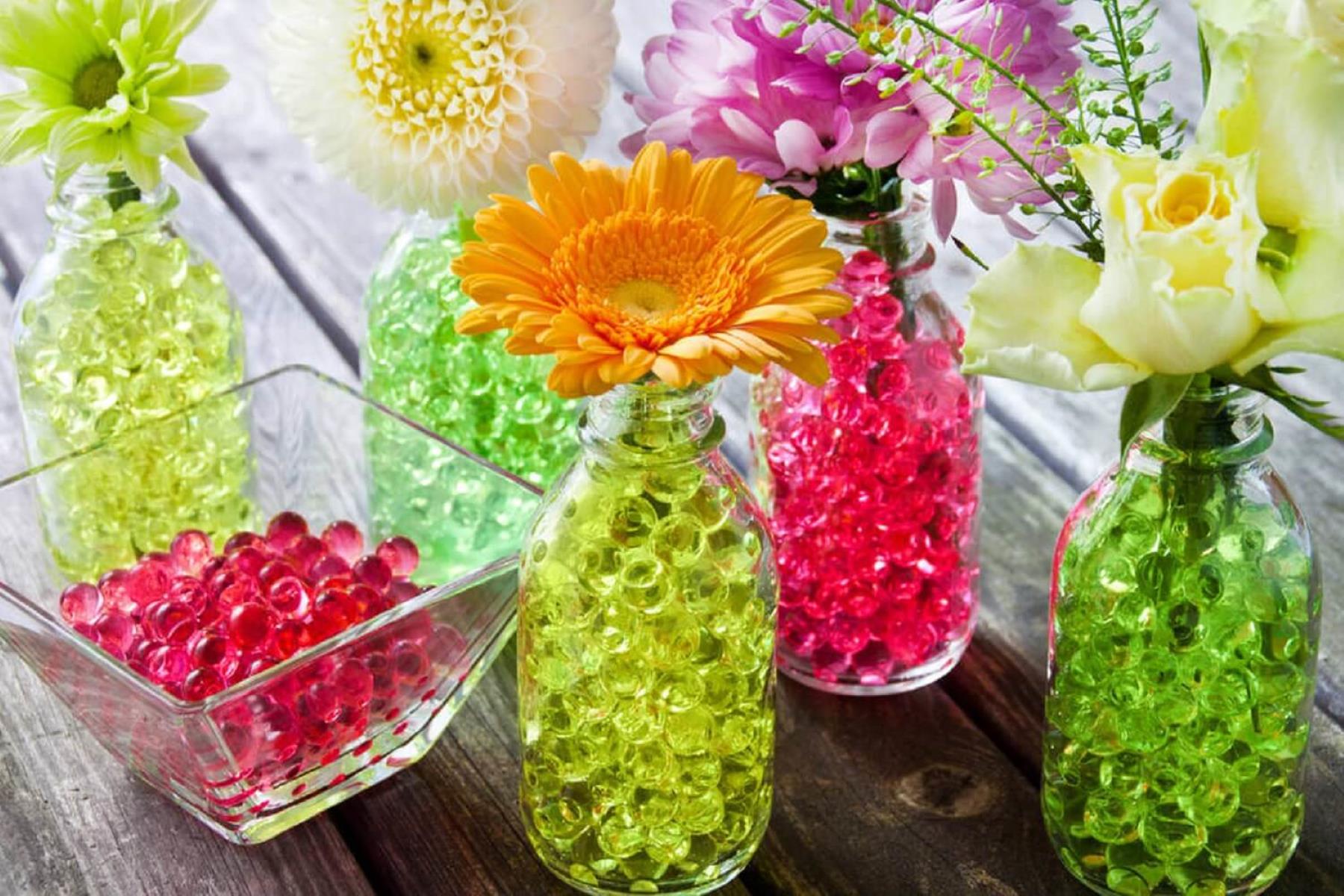
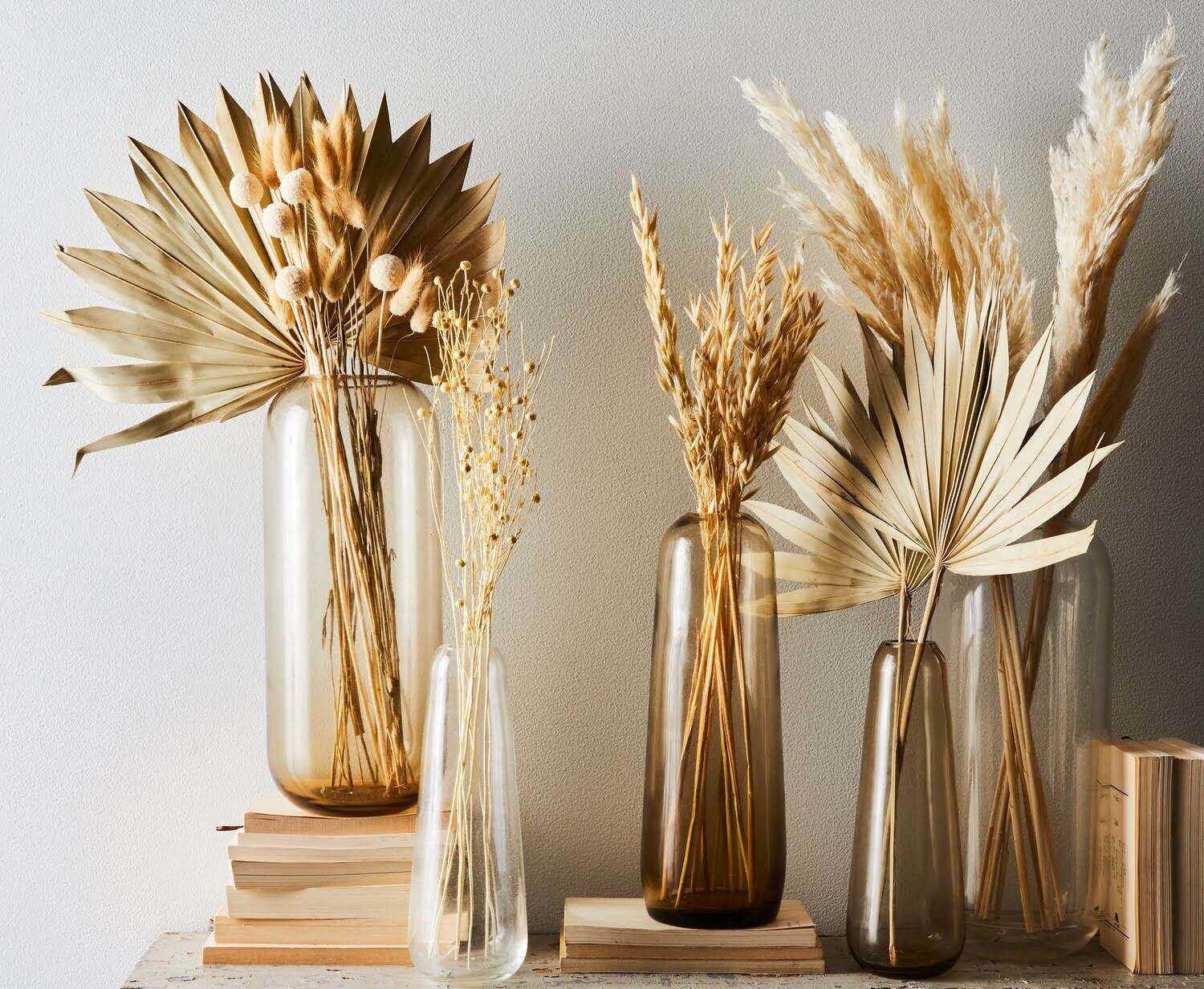
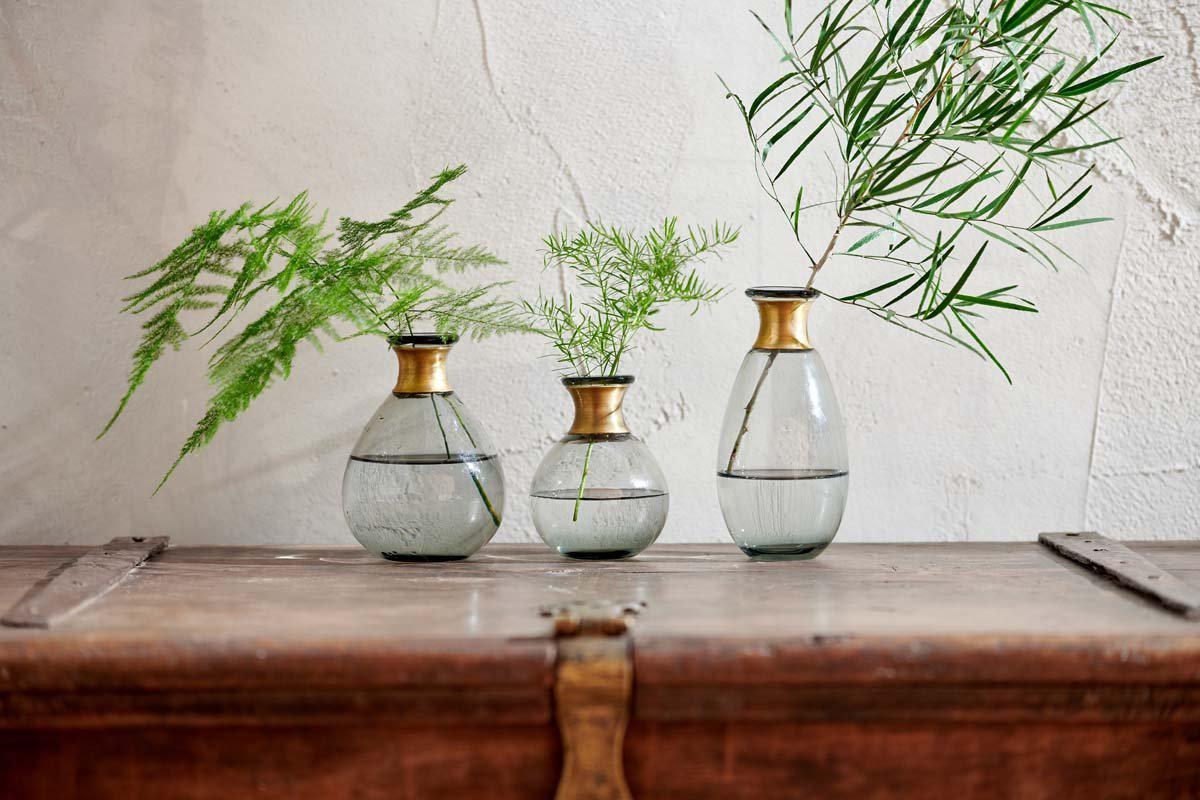
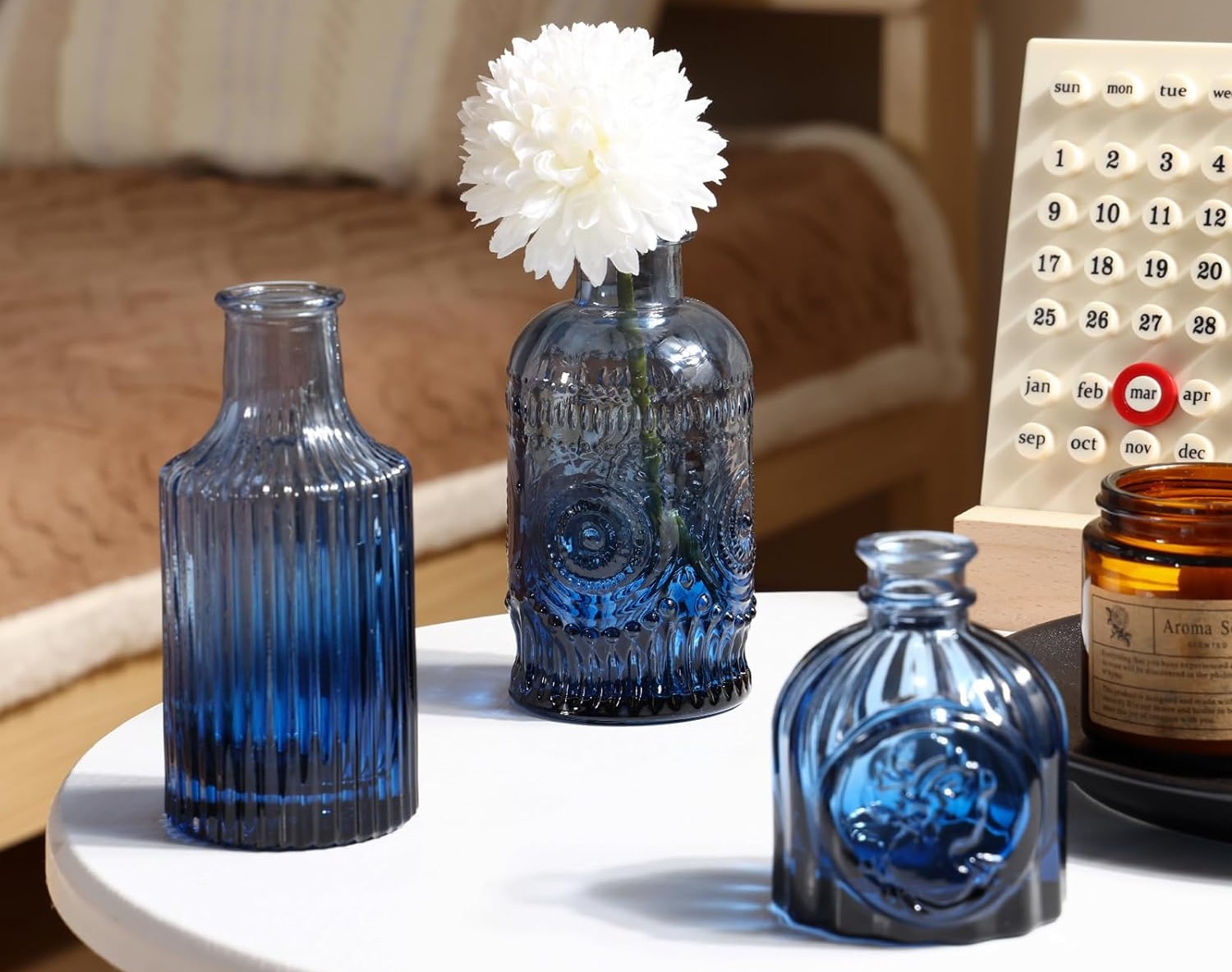
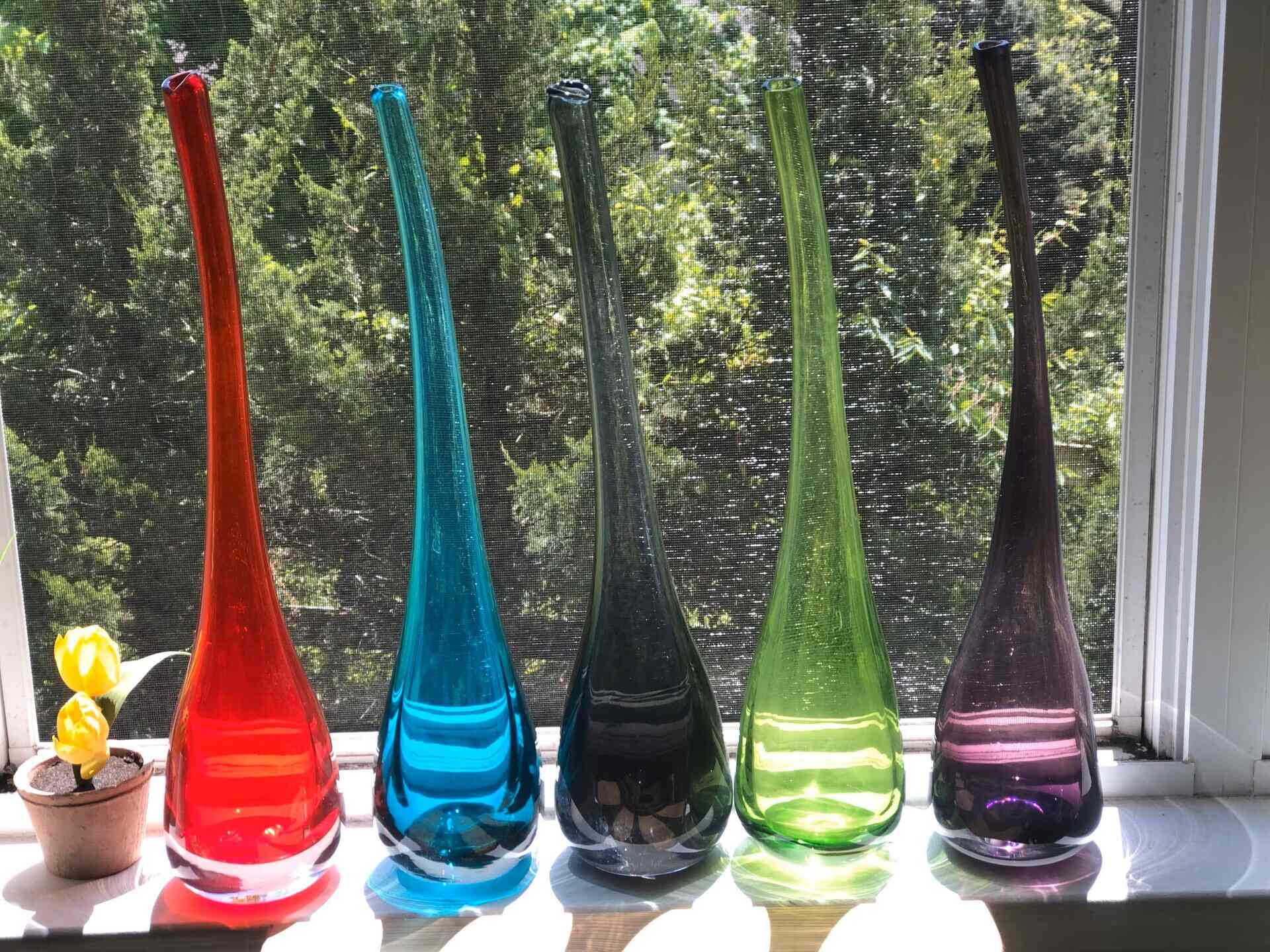

0 thoughts on “How To Clean Glass Vases With Narrow Necks”